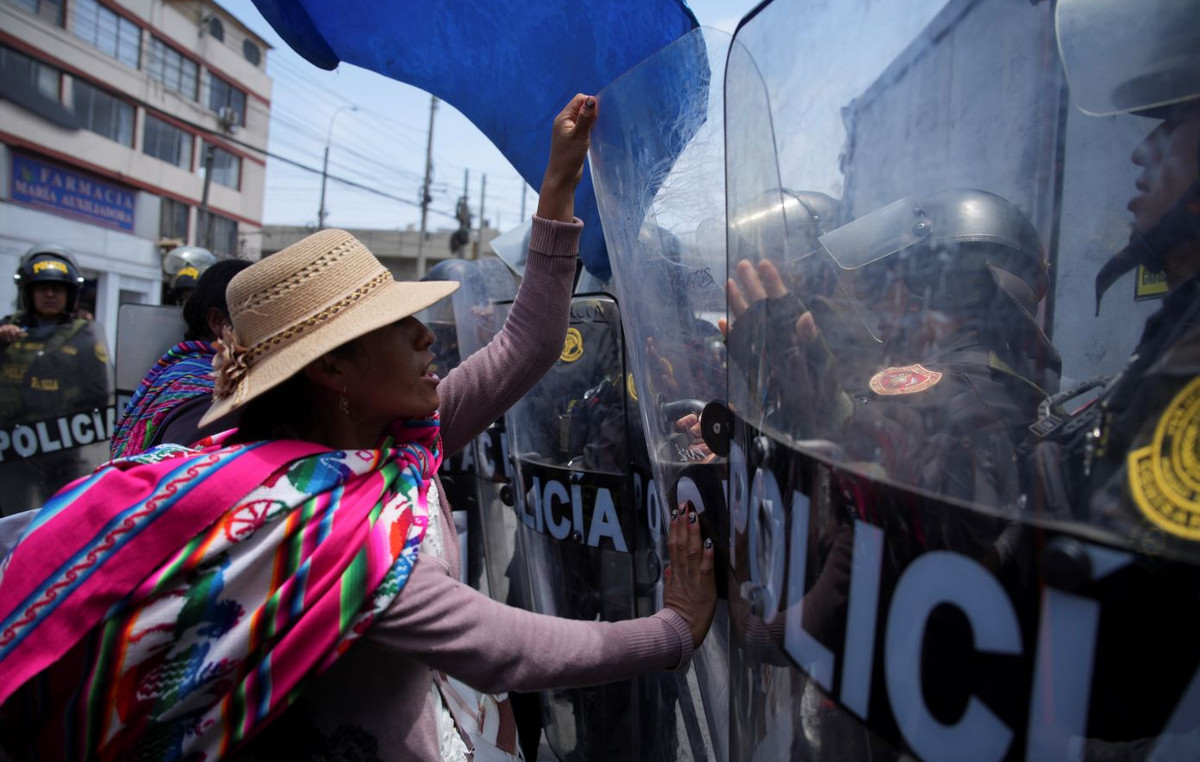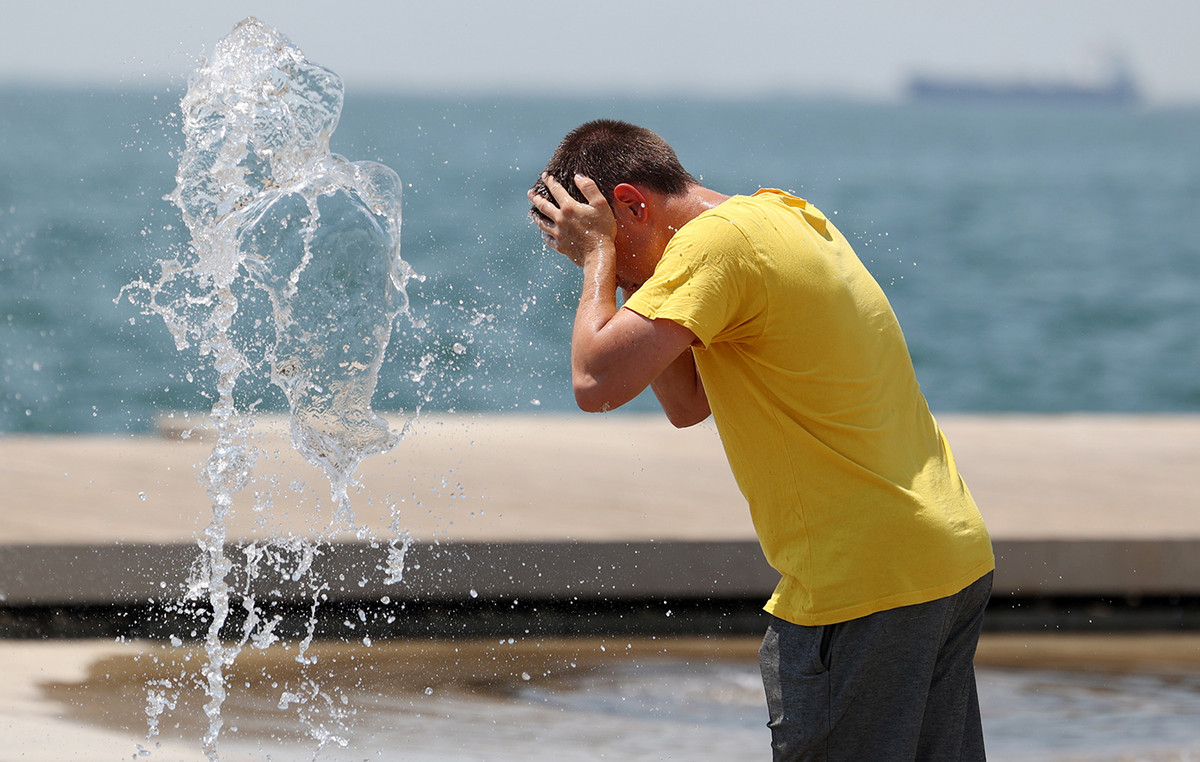Close your eyes and imagine yourself in a closed, windowless, completely white room: ceiling, walls, floor, furniture. All colorless. Even your clothes and shoes. Well, you already know what we’re talking about, right? From the famous white room of Big Brother Brazil.
It appeared on reality for the first time in 2009 as a challenge/punishment for the participants, who end up having to test their limits in there.
This week, Domitila Barros and Fred “Desimpedidos” were closed in a similar space inside a car – also in white – for more than 18 hours. In the 2020 edition, Manu Gavassi, Gizelly Bicalho and Felipe Prior could not endure more than eight hours of confinement in the isolated room, even with each other’s company.
Looking from the outside, many might even think that it is relatively easy to overcome this “challenge”. But in reality, those who are subjected to the conditions of the white room face different types of deprivation that can generate irreversible problems for the body and mind in the short term.
There are even reports that the technique has already been used as a type of torture in some countries like Iran.
The “White Torture” or “White Torture”
“The beatings, the broken bones and the miserable conditions were nothing compared to the pain I suffered through the ‘white torture’”, told CNN International Iranian Amir Fakhravar, who was held in a secret prison in Iran for eight months in 2004, for rebelling against the authoritarian regime.
Amnesty International documented Fakhravar’s case the same year, explaining that conditions of extreme sensory deprivation are designed to weaken and make prisoners more susceptible.

In the interview, the political prisoner recalled that even the guards who stayed outside the cell wore padded shoes so that any and all types of sounds were muffled. Amnesty described the silence as “deafening” and “inhumane”.
“After eight months, I couldn’t remember my mother’s or my father’s face. When they released me, I was no longer a normal person,” concluded Fakhravar.
extreme sensory deprivation
What happened to the Iranian Amir is just one example of what can happen to people subjected to similar conditions.
“Staying in a space without windows, without external communication and with uninterrupted direct lighting, without knowing whether it is day or night outside, considerably increases the person’s level of stress and anxiety”, explains Ricardo Milito, psychologist specializing in Cognitive Behavioral Therapy, in an interview with CNN .
Milito also points out that the situation can make people irritable, aggressive and have difficulty thinking, which can lead to physical consequences.
Sleep deprivation, for example, can disrupt your heart rate. There are cognitive changes and even increased blood pressure
Ricardo Milito, psychologist specialist in Cognitive Behavioral Therapy
A 2016 study by experts at the University of Portsmouth, England, points out that brain damage can appear in just three days under these conditions. There are even reports of people who are unable to distinguish between fantasy and reality.
In the report, several types of “tactics” within the category of psychological torture are pointed out: isolation, sensory deprivation, sleep deprivation and temporal disorientation.
One of the most important results of the sensory deprivation experiments indicated by the researchers is that the resulting disorders are universal and include delusions, auditory and visual hallucinations, instability of beliefs and changes in attitudes.
There is even increased obedience, anxiety and depression. Ultimately, depersonalization causes some people to progressively lose touch with reality.
YouTuber Michael Stevens, from the VSauce channel, known for doing various experiments with the human psyche, decided to isolate himself in a white room for 72 hours, to reach his own conclusions.
You can see the result in the video below:
Differences from torture to the BBB
It is clear that the program does not intend to “torture” its participants.
A big difference is that in reality people enter accompanied. Thus, there is no social deprivation, and some stimuli continue to be activated.
However, entering the white room with someone can also be problematic. “The fact that the participant himself or another person (ally or opponent) can be harmed also greatly increases the level of anxiety”, explained psychologist Milito.
Source: CNN Brasil
I am an experienced journalist and writer with a career in the news industry. My focus is on covering Top News stories for World Stock Market, where I provide comprehensive analysis and commentary on markets around the world. I have expertise in writing both long-form articles and shorter pieces that deliver timely, relevant updates to readers.






